Food Preservation Publications
All Food Preservation Publications Content
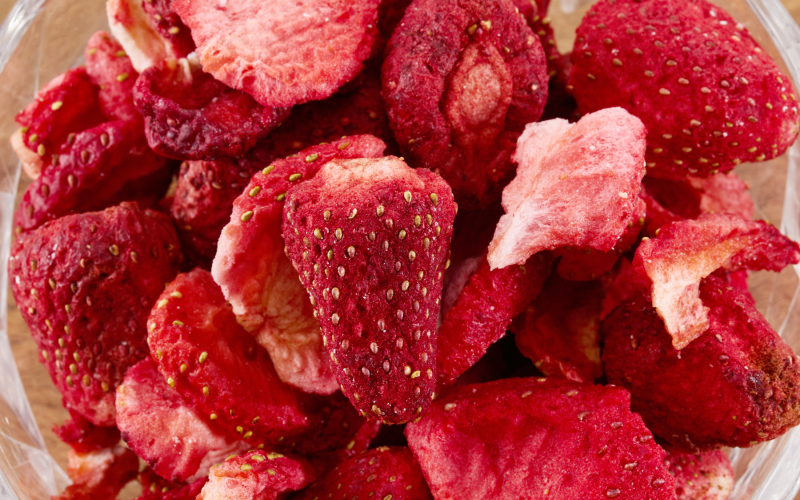
Freeze Drying Foods
This publication describes the freeze-drying process to help food entrepreneurs understand the process, highlighting food safety risks and relevant South Dakota regulations.
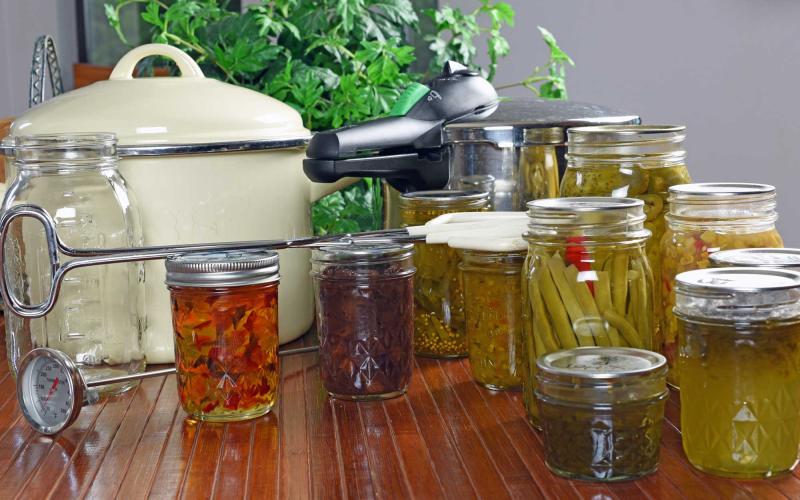
Preservation
SDSU Extension provides established and trusted research-based food preservation information.
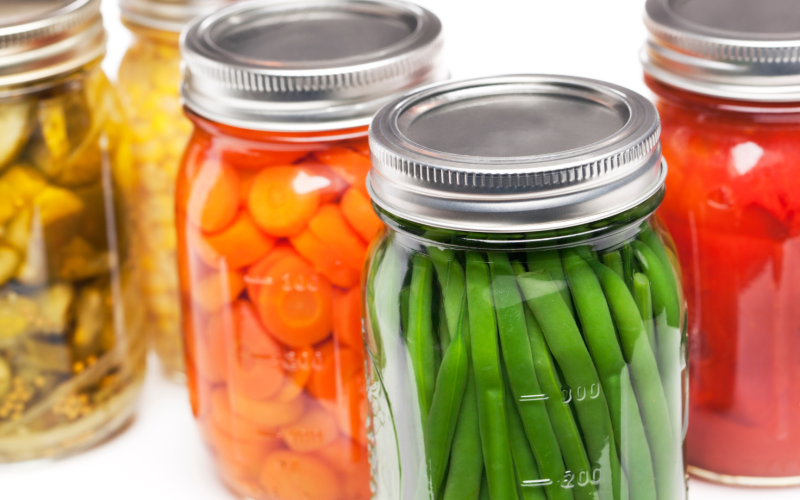
Pick it, Try it, Like it for Food Preservation
Use these Preserve it lessons for tips and tricks to select, prepare and preserve fruits and vegetables.
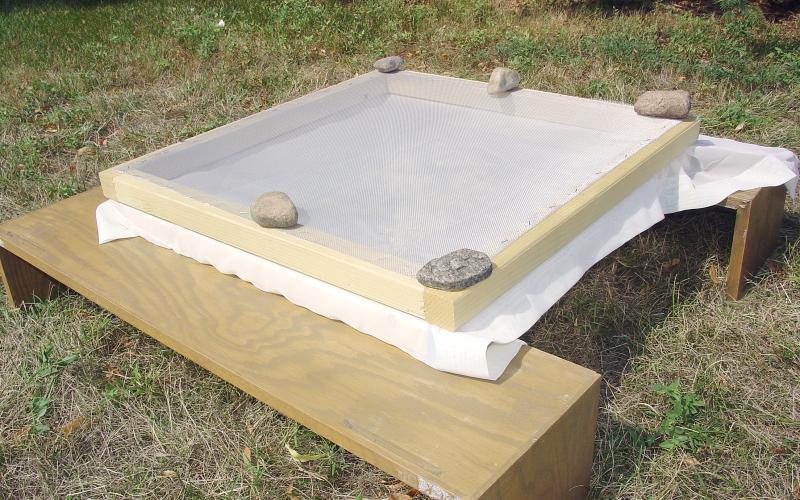
Sun-Drying – A Traditional Native American Method of Preserving Food
Curriculum developed to facilitate the education of a cultural tradition for youth in Native American and non-Native American communities.

Using Dried Corn
Fact sheet on ways to use dried corn
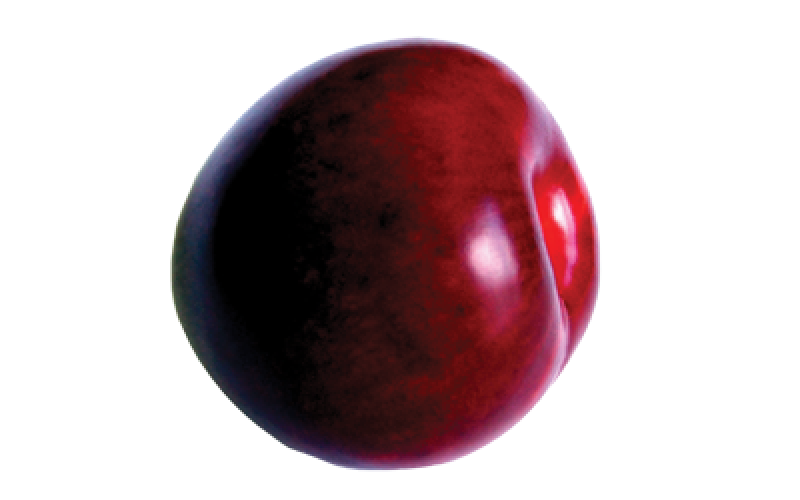
Drying Plums
Fact sheet on drying plums
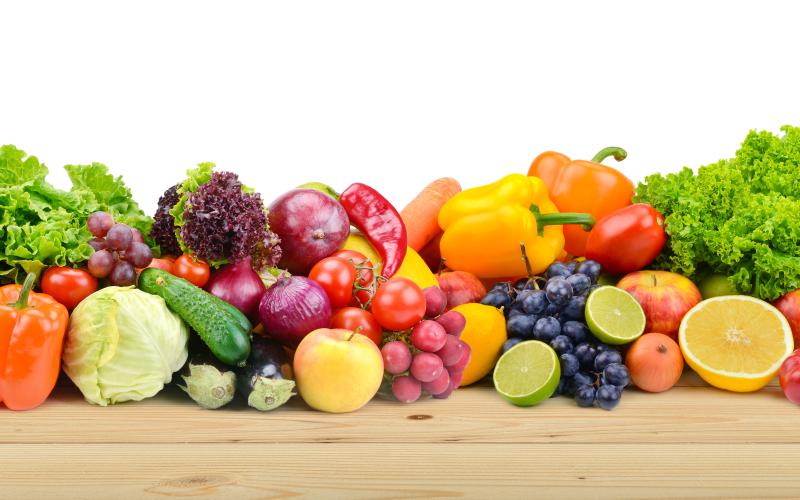
Solar Drying Fruit and Vegetables
Fact sheet on solar drying fruits and vegetables

Sun-Drying Corn
Fact sheet on sun-drying corn
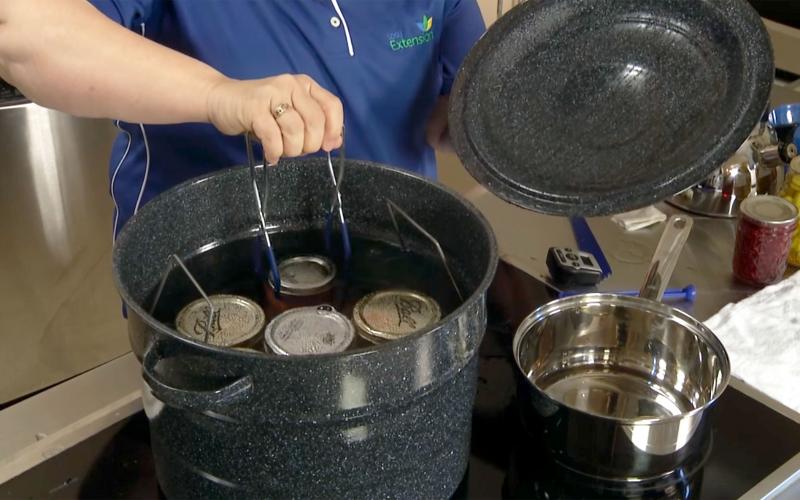
A Guide To Water Bath Canning
Water bath canners have fitted lids and removable wire racks. While they come in many sizes, the canner must be deep enough to allow a minimum of 1-2 inches of briskly boiling water that covers the top of jars during processing.
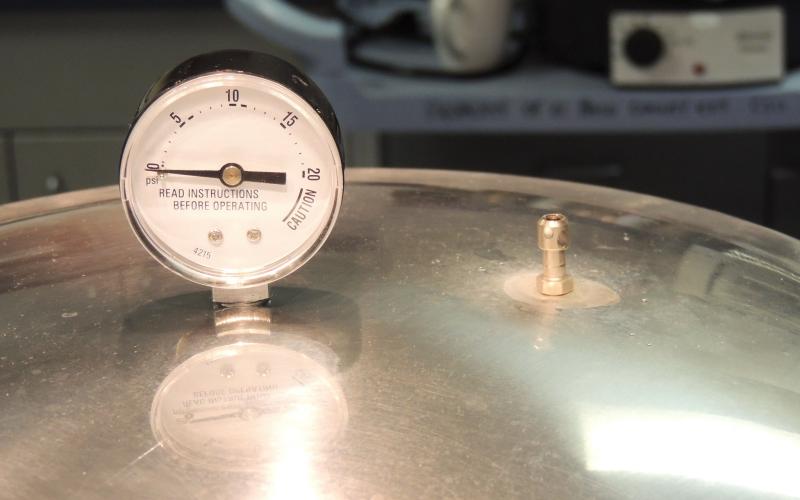
A Guide To Pressure Canning
Pressure canners may have a weighted-gauge or dial-gauge, for indicating and regulating the pressure during processing.